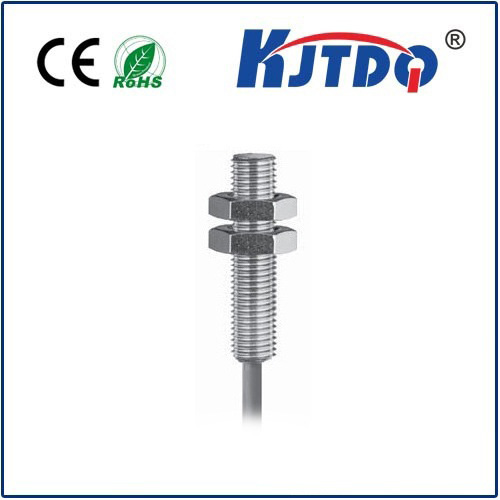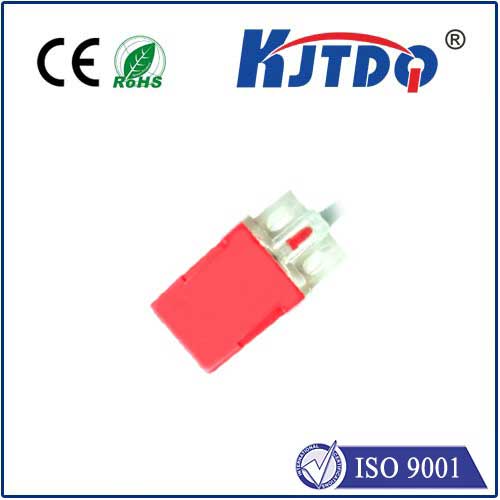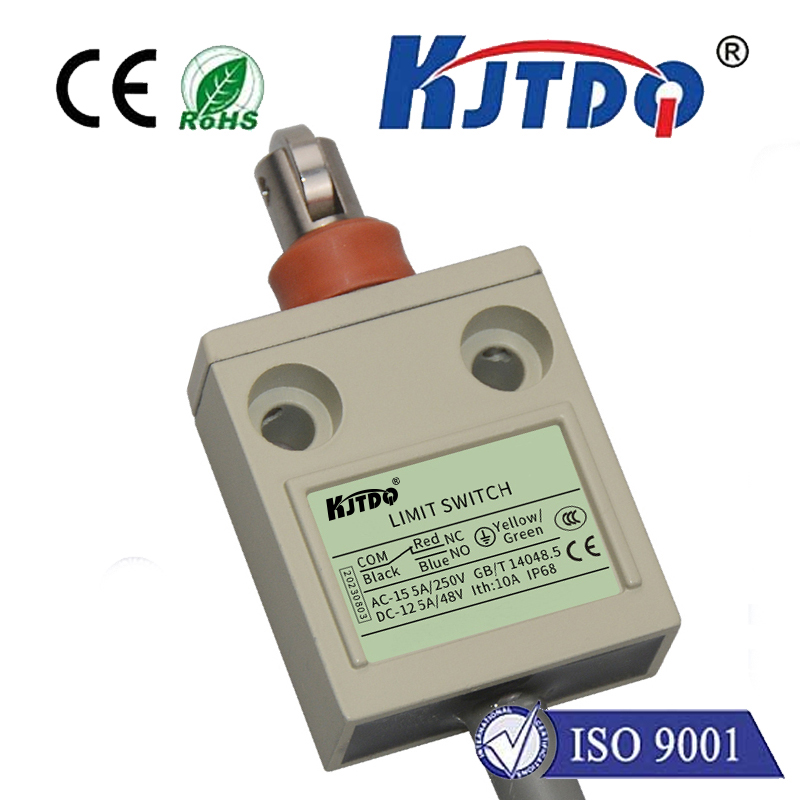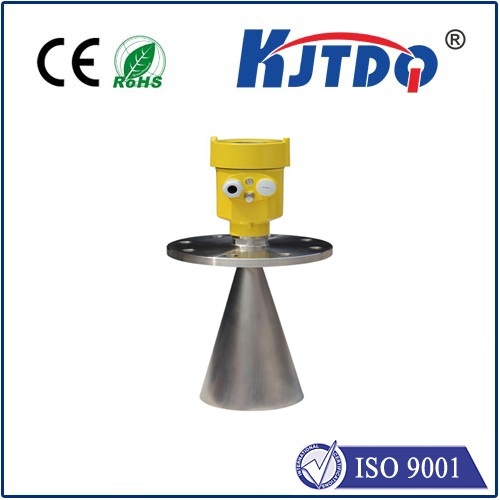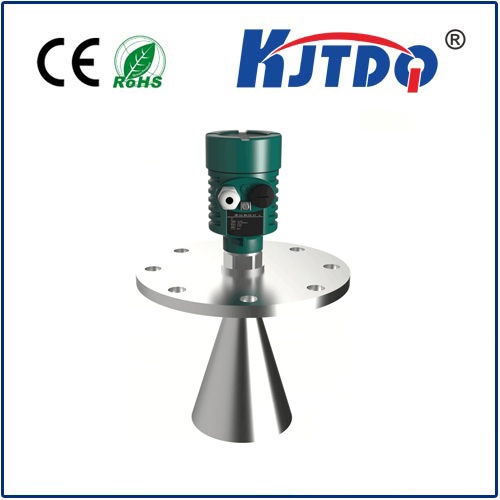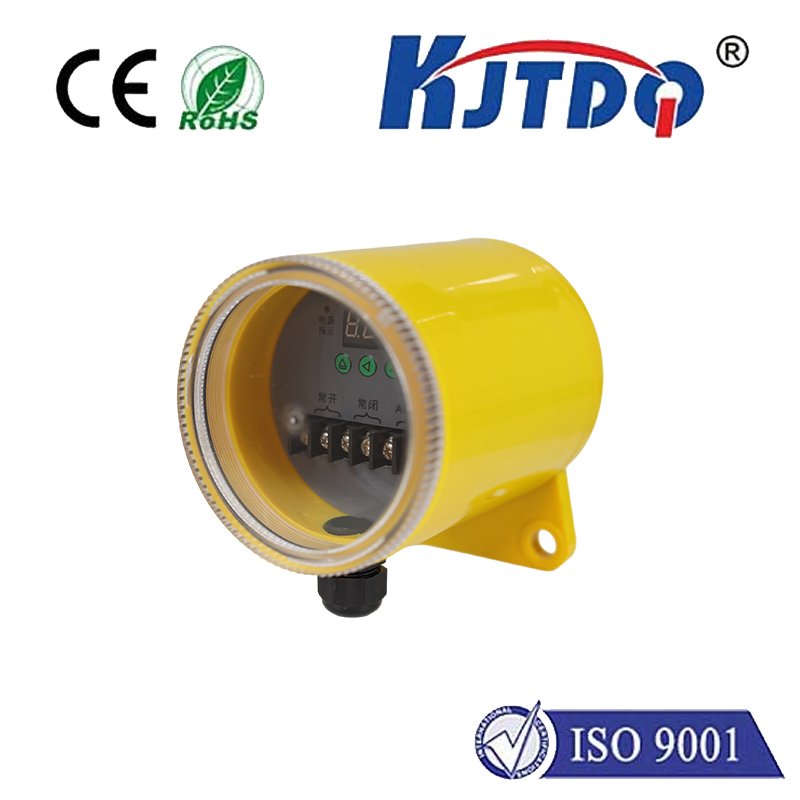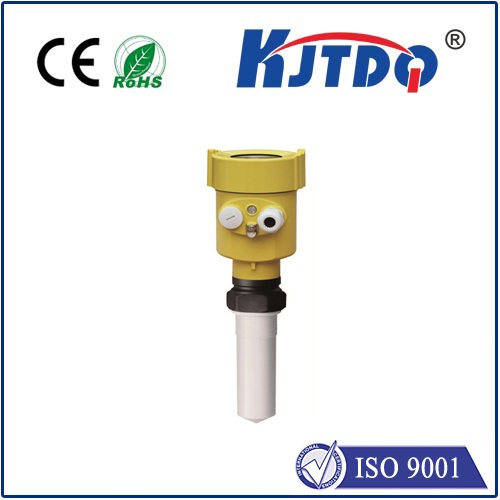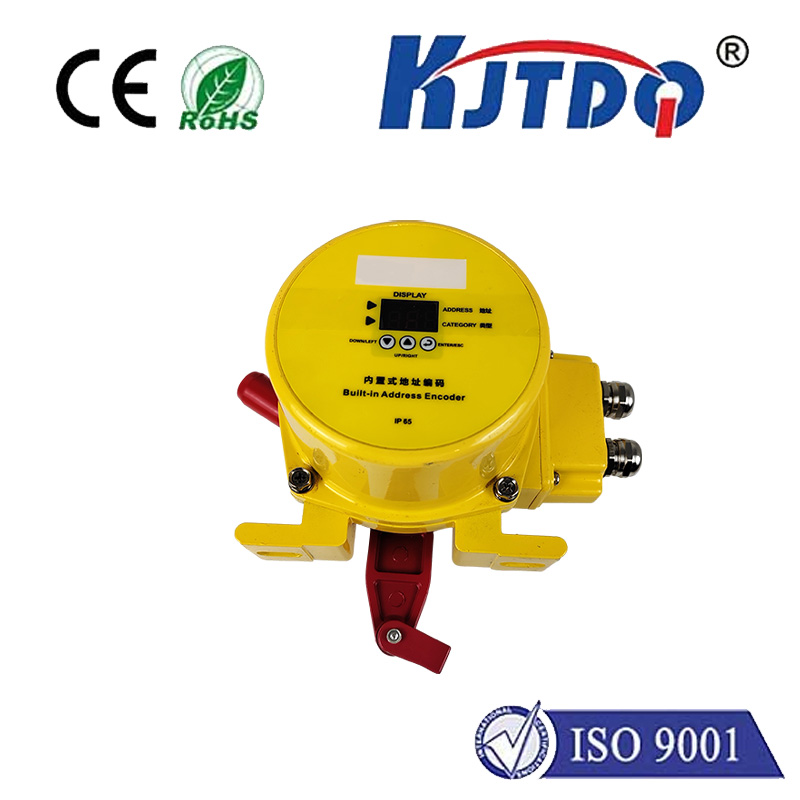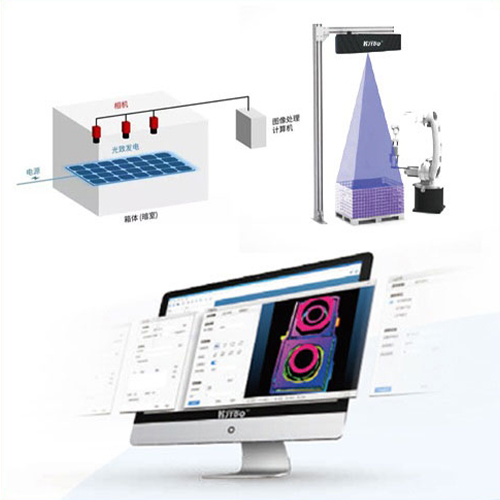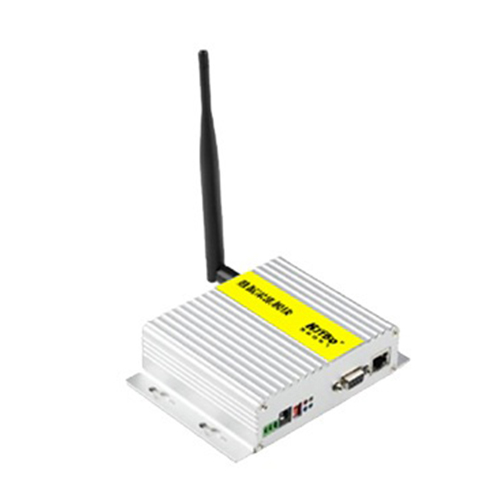BES0254 high pressure proximity sensor
- time:2025-10-14 01:15:35
- Click:0
BES0254 High Pressure Proximity Sensor: Unlocking Reliable Industrial Sensing in Extreme Environments
Industrial automation thrives on precision data, especially when operating under punishing conditions. High pressures, temperature swings, corrosive media, and relentless vibration are the harsh realities of sectors like hydraulic systems, heavy machinery, oil & gas, and industrial presses. Traditional sensors often falter here, leading to downtime, safety risks, and inaccurate control. This is precisely where the BES0254 High Pressure Proximity Sensor emerges as a critical solution, engineered to deliver dependable, non-contact sensing where others simply cannot. Understanding its capabilities isn’t just technical; it’s about unlocking operational resilience and efficiency.
Imagine the core of a hydraulic press generating thousands of PSI, or deep within an offshore drilling operation where failure is not an option. Standard sensors might succumb to pressure-induced mechanical stress, seal failure, or signal drift, creating blind spots in vital monitoring systems. The BES0254 is specifically designed to confront these challenges head-on. Its defining characteristic is its robust construction, capable of withstanding exceptionally high external pressures without compromising its sensing accuracy or structural integrity. This inherent ruggedness makes it far more than just another proximity switch; it becomes a cornerstone of reliable automation in the most demanding arenas.
The Heart of Resilience: Materials and Design Philosophy
The BES0254’s ability to perform under duress isn’t accidental. It starts with the foundation: materials. Typically manufactured using high-grade stainless steel housings (like 303, 304, or 316L), this sensor offers excellent corrosion resistance, crucial for environments exposed to moisture, chemicals, or salt spray. More critically, the housing design is meticulously engineered to handle significant hydrostatic pressure. Precision seals, often involving specialized elastomers or metal-to-metal sealing techniques, are employed to prevent pressure ingress that could damage internal components or cause false signals.

Reliable Sensing Principle: Inductive or Capacitive?
The BES0254 designation commonly refers to a family of sensors, primarily utilizing either inductive or capacitive sensing principles, chosen based on the target material and specific application needs:
- Inductive Proximity Sensors (Common for BES0254): These excel at detecting metallic targets (steel, iron, brass, aluminum) without physical contact. An electromagnetic field generated by the sensor’s coil is disturbed by the approaching conductive target, triggering the switching output. Key advantages include:
- High switching frequencies for very fast processes.
- Immunity to dust, dirt, oil, and water (within its IP rating).
- Long service life due to the non-contact principle.
- Crucially, their solid-state construction (no moving mechanical parts in the sensing head) contributes significantly to their high-pressure resilience.
- Capacitive Proximity Sensors: These detect both metallic and non-metallic targets (plastics, liquids, wood, granular materials) by measuring changes in capacitance. They require closer proximity than inductive sensors but are invaluable for level detection of liquids or powders, even through non-metallic container walls. Their suitability for high pressure also relies heavily on a robust housing and seal integrity.
Key Specifications Defining Performance in Harsh Settings
Beyond its core pressure tolerance, the BES0254 High Pressure Proximity Sensor integrates several critical features for industrial reliability:
- High Protection Rating (IP68/IP69K): Essential for high-pressure washdown environments (e.g., food & beverage, chemical processing) or submersion. IP68/IP69K ensures protection against high-pressure water jets and prolonged immersion, safeguarding internal electronics from contaminants and moisture, synergizing perfectly with its pressure resistance.
- Extended Temperature Range: Engineered to operate reliably across a broad spectrum, typically -25°C to +85°C or wider, guaranteeing performance whether in freezing outdoor installations or near hot machinery.
- Electrical Output Options: Available in various configurations (NPN/PNP, Normally Open/Closed, Analog) for seamless integration into diverse control systems like PLCs.
- Voltage Ranges: Compatible with standard industrial DC voltage supplies (commonly 10-30V DC).
- Rugged Connectors or Cables: Featuring M12 quick-disconnect connectors or robust PVC/PUR jacketed cables terminated appropriately, designed to withstand mechanical stress and vibration.
Where the BES0254 Truly Shines: Critical Applications
The unique capabilities of the BES0254 High Pressure Proximity Sensor make it indispensable across numerous demanding industrial scenarios:
- Hydraulic Systems: Monitoring piston positions, valve switching status, and end-of-stroke detection within high-pressure hydraulic cylinders and power units, where pressures routinely exceed hundreds or thousands of PSI.
- Industrial Presses & Mold Clamping: Ensuring precise mold positioning and clamping force verification under immense pressure, vital for safety and quality control in stamping, molding, and forging operations.
- Oil & Gas Exploration/Production: Position sensing on drilling equipment, valve actuation confirmation on pipelines, and level detection within pressurized vessels, operating reliably in environments laden with high pressures, corrosive elements, and extreme temperatures.
- High-Pressure Die Casting (HPDC): Detecting plunger position, shot sleeve filling, and mold locking/unlocking sequences within machines operating under extreme thermal and pressure cycles.
- Test Benches & Pressure Vessels: Providing reliable position feedback on actuators controlling pressure generation or monitoring safety interlocks on pressurized test equipment.
- Material Handling in Harsh Conditions: Position verification for gates, slides, or clamps operating in environments subject to high-pressure cleaning or exposure to corrosive media.
- Marine & Offshore Applications: Position sensing on deck machinery, winches, and hydraulic systems exposed to saltwater spray, submersion risks, and high ambient pressures.
Selecting the Right Tool: Beyond the Part Number
While the BES0254 designation signals a high-pressure capable sensor, careful specification is essential. Key considerations include:
- Required Pressure Rating: Define the maximum sustained and peak pressures the sensor will encounter.
- Target Material: Metal (inductive likely ideal) or non-metal/capacitive required?
- Sensing Distance: The operational distance needed from the target.
- Environmental Conditions: Temperature extremes, chemicals, washdown intensity (dictating IP rating requirements).
- Electrical Interface: Required output type (NPN/PNP/NO/NC/Analog) and voltage.
- Mounting Style & Size: Cylindrical threaded barrel (e.g., M8, M12, M18, M30) or specific form factor to fit the application space.
Deploying a sensor not explicitly rated for the environmental pressure is a recipe for premature failure and potential safety hazards. The BES0254 High Pressure Proximity Sensor family represents a category engineered explicitly to eliminate that vulnerability, providing the robust, non-contact detection critical for maintaining uptime, safety, and process integrity where pressures soar and environments test the limits of conventional equipment. Investing in this level of engineered resilience translates directly into reduced maintenance costs, minimized unplanned downtime, and enhanced operational confidence for engineers and plant managers navigating the demanding world of industrial automation.






